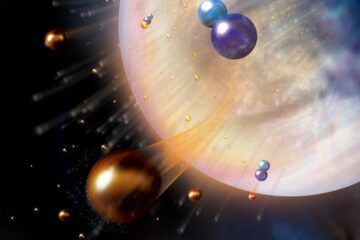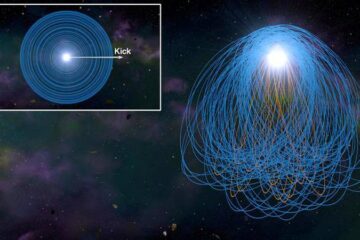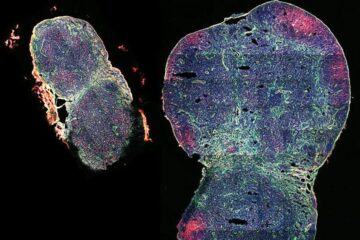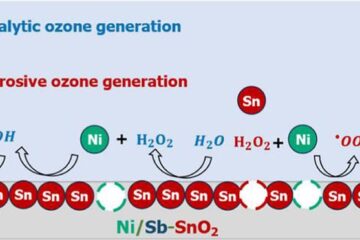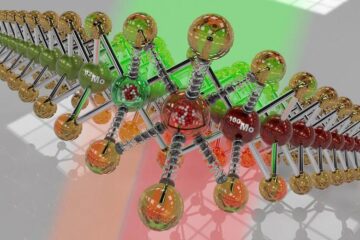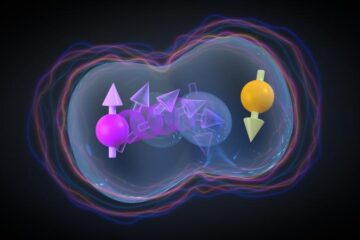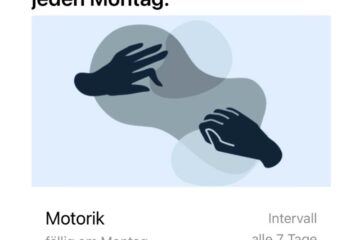Latest News

Bucket with two ears catches DNA
Dutch PhD student Cathelijne Kloks has discovered that the so-called Cold Shock domain of the human YB-1 protein looks like a bucket with two extra ears. These ears lead the DNA to the binding site on the protein and keep it there.
Kloks investigated the structure and function of one of the three domains of the human protein YB-1. This protein plays an important role in the production of new proteins. The central domain, the so-called Cold Shock domain, ensures the binding of the protein to

Diamond layer makes steel rock hard
Dutch chemist Ivan Buijnsters from the University of Nijmegen has successfully produced a diamond layer on a steel substrate. This opens up the possibility of wear-resistant tools. The secret to this technique is an adhesive layer between the steel and the diamond layer.
Buijnsters made diamond layers by allowing methane gas diluted in hydrogen gas to dissociate on a hot wire just above the substrate. The carbon atoms present in the methane dropped onto the substrate and formed a thin layer

Microwaves could take the grind out of the rock business
The feasibility of using microwaves to extract minerals from rocks has been demonstrated by UK researchers.
This revolutionary technique could cut mining and mineral processing industry costs, and make it viable to process previously uneconomic mineral reserves. It could also help the environment by saving energy as 3 – 5% of the world’s entire electrical energy output is used for the size reduction of rocks and minerals.
The technique has been developed by engineers at the

Top 25 turtles on death row
New list spotlights most endangered turtles and action plan to save them
The Turtle Conservation Fund (TCF) today released its first-ever list of the World’s Top 25 Most Endangered Turtles to highlight the survival crisis facing the world’s tortoises and freshwater turtles and to unveil a Global Action Plan to prevent further extinctions. Fully 200 of the 300 living species of tortoises and freshwater turtles are threatened and require conservation action.
The TCF

New mouse model will aid research on premature aging syndrome
Researchers from the National Cancer Institute (NCI) have developed a mouse model of the premature aging syndrome known as Hutchinson-Gilford Progeria Syndrome (HGPS), according to a report appearing in the journal Nature. Researchers hope the mouse model will facilitate a better understanding of the fatal syndrome, as well as provide clues to the normal aging process.
Currently, there is no treatment for progeria, and children with the rare condition usually die of heart disease in their e

Magnetic probe for rocks, recordings, nanotechnology
A technique for studying the magnetic properties of rocks developed by earth scientists at UC Davis is drawing attention from other scientists and the magnetic recording industry.
An international group of scientists recently met in Davis to discuss the First Order Reversal Curve (FORC) method and its applications for studying million-year old rocks, thousand-year old lake sediments, modern hard drives and wholly new kinds of materials made in the lab.
Magnetic materials are made

